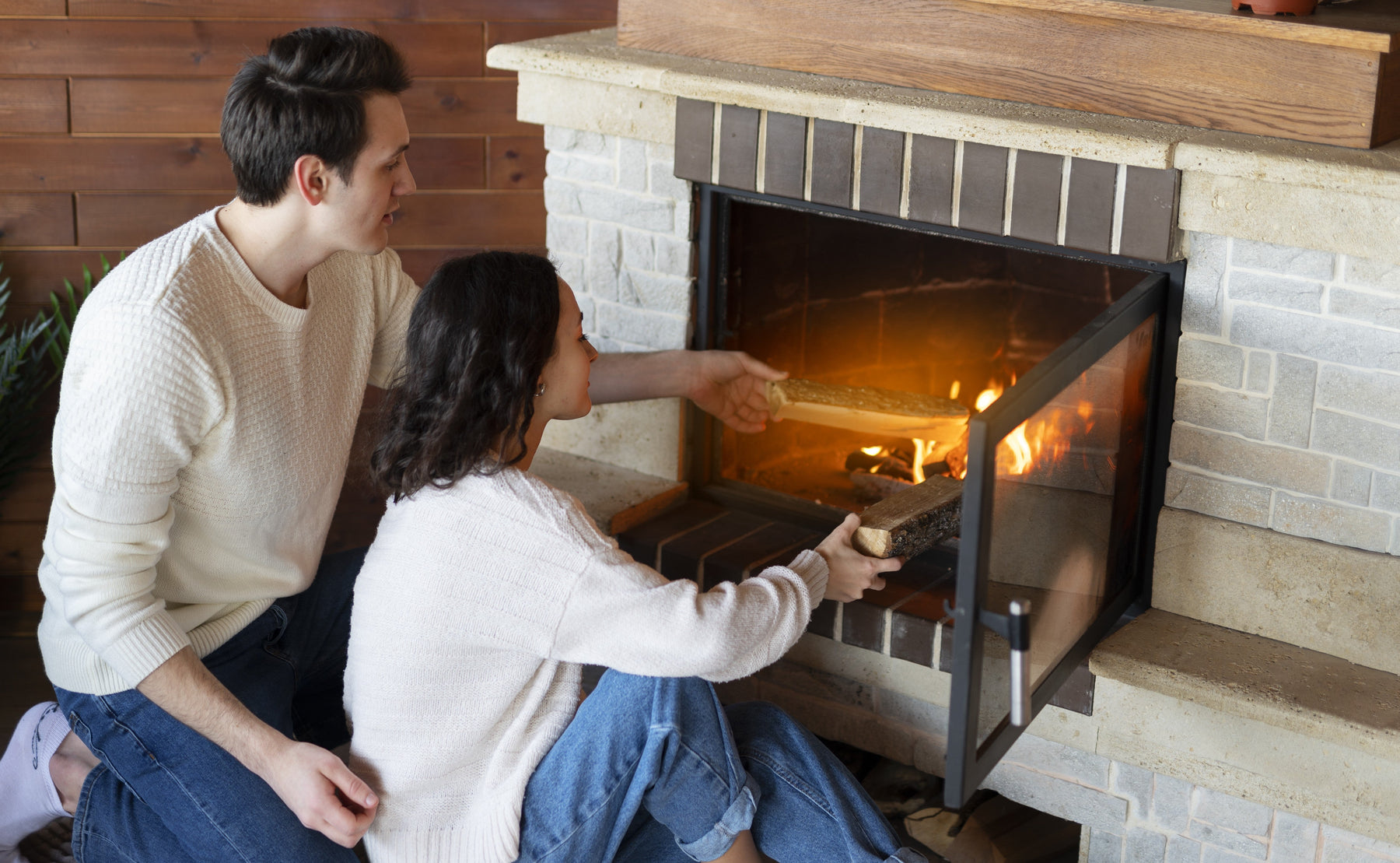
Understanding How Modern Wood Burning Stoves Work
Wood burning stoves have evolved significantly from the bulky, cast iron centerpieces of olden homes. Today's contemporary stoves are not only smaller but also incorporate advanced technology to enhance efficiency and functionality. If you're curious about how these modern wood burning stoves operate, here’s a detailed insight.
Fireplaces vs. Wood Stoves
While wood stoves and fireplaces may seem similar, they are fundamentally different in efficiency and design. Traditional fireplaces are often inefficient, losing heat through the flue and the structure itself. Conversely, wood stoves, with their tight-fitting gaskets, are designed to concentrate heat within the unit, radiating warmth effectively even in larger spaces.
Ventilation: The Key to Efficiency
The efficiency of a wood stove largely hinges on its ventilation system. Air control valves with ventilation holes supply necessary oxygen to the firebox, maintaining a hot flame. The ability to control flame intensity by adjusting these holes is a feature unique to wood stoves, setting them apart from traditional fireplaces.
The Role of Materials
The choice of materials in a wood stove is crucial for heat conduction and longevity. Cast iron, for instance, is a popular choice due to its heat retention properties, durability, and affordability. Additionally, the inclusion of bricks in the stove’s design aids in heat absorption and promotes airflow, essential for maintaining high temperatures for efficient heating.
Managing Outflow
In a contemporary wood stove, air flows into the firebox, facilitating the necessary heat. However, it's vital to manage excess heat to prevent over-pressurization. Modern stoves often include blower systems to effectively distribute this excess heat. Furthermore, like traditional fireplaces, wood stoves have flues for smoke and heat escape, and these require regular cleaning for optimal functioning.
The Process Simplified
In essence, operating a contemporary wood burning stove involves:
Loading the Wood: Placing wood in the firebox to start the flame.
Air Ventilation: Controlling air flow into the unit to fan the flames to the desired level.
Heat Management: Excess heat escapes through the flue and is circulated by blowers, maintaining
